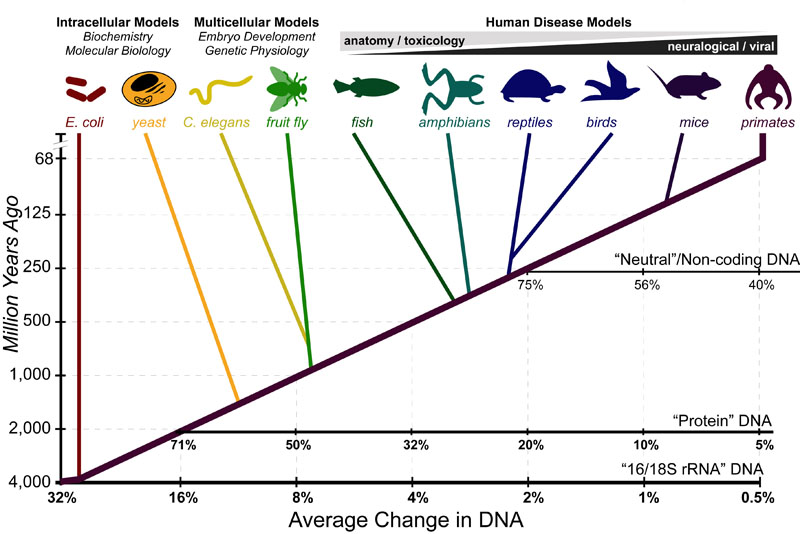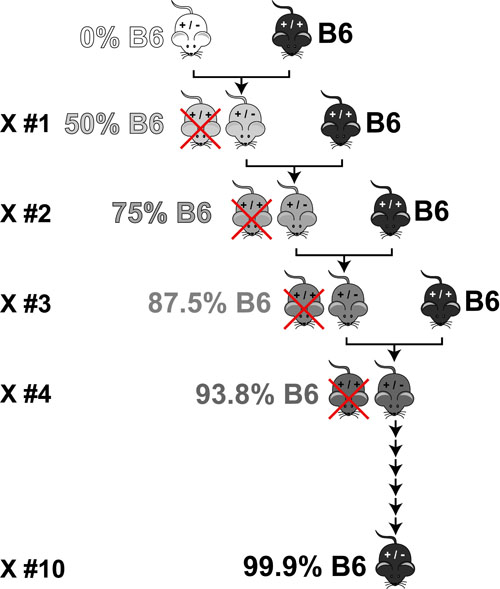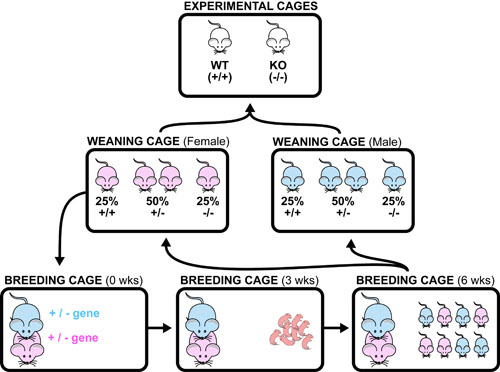“Model organisms” are the best-studied organisms in experimental biology. For a particular research questions a specific “model organism” is chosen for its balance of: (1) ease of use and (2) “generalizability” of results. For example
- unicellular organisms(e.g. bacteria and yeast): are used to answer questions in basic biochemistry or molecular biology;
- invertebrates (e.g. worms and flys): are used to answer questions in genetics or embryonic development
- vertebrates (e.g. zebrafish to primates): are used in models of human disease (as they have requisite physiological and neurological complexity)






